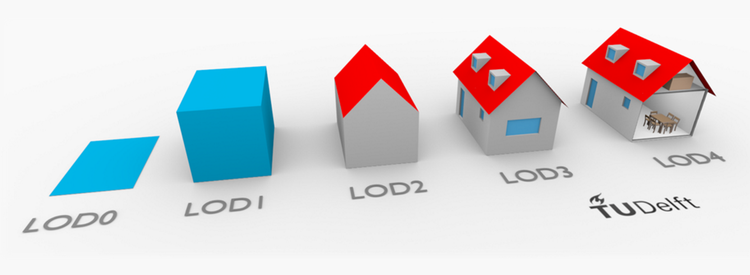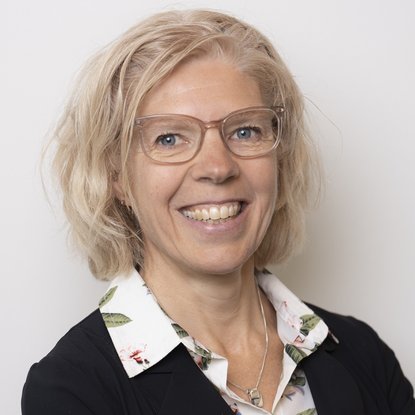The mission of AMS Institute is to solve the complex challenges that Amsterdam as a metropolitan region is facing. Examples of such challenges are aligning energy demand with supply, controlling air and noise pollution and caring for the urban climate. A virtual, up-to-date 3D model of the city is required to understand the dynamics of these urban processes. The model can be used to monitor the current state of the city by way of measuring with sensor networks. The model can also simulate different scenarios and their impact for informed decision-making to provide policy makers with a dashboard of their city.

Different levels of detail of the same building
A 3D model that is continuously updated and reflecting current city data does not exist yet. Yet such a semantic-rich 3D model has clear advantages over 2D models. Each application requires its own content and level of detail of 3D data, which has been an arduous task for practitioners who currently collect and processes their own 3D data for each specific application. Another challenge is that 3D data feeding one application cannot easily feed another. Advancements in urban studies are hindered by the fact that 3D data is uniquely acquired and stored for unique snapshots of the city.
The “Urban modeling in higher dimensions” project was commissioned by the European Research Council (ERC) to solve these problems with uniquely created 3D models. The project focuses on integrating requirements of various 3D data sets into one. This allows acquisition, storage and update of 3D data in one 3D dataset so that any kind of urban application can benefit from the data.
| Duration: |
|
| Related Information: |
Partners


